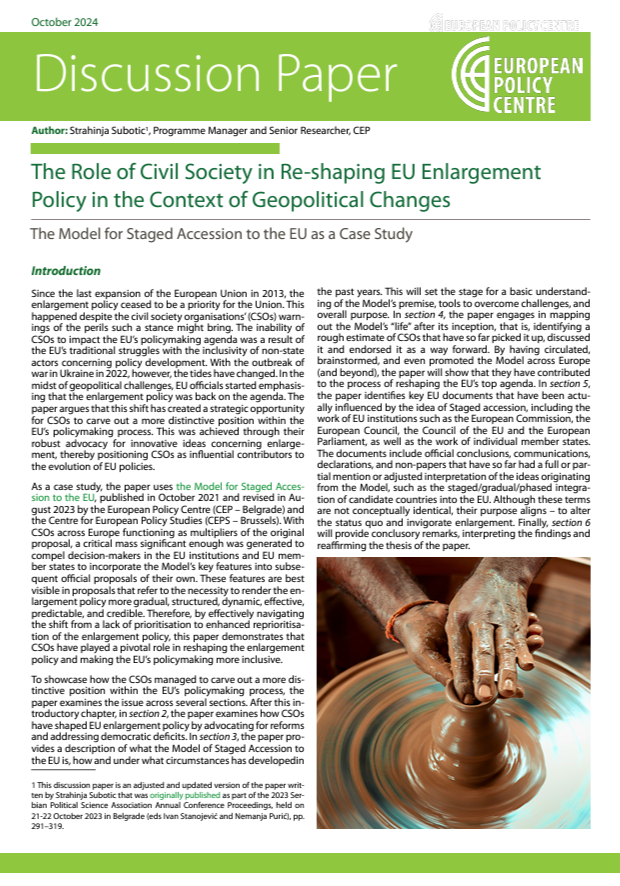Headquarters: Svetog Nauma 7, 11000
Office address: Đorđa Vajferta 13, 11000
Phone:: +381 11 4529 323
The EU is the main trading partner of the Western Balkans (WB). According to the estimates from 2021, 81% of total WB exports went to the EU while 58% of the WB imports came from the EU, peaking at €28.2 and €36.9 billion, respectively. The manufactured goods dominate the EU trade with the WB, making up 75% of the EU exports and 76% of the EU imports from the WB. Trade with the region has grown by almost 130% over the past 10 years.
Indeed, the EU-WB trade increase in volume owes to the implementation of Stabilisation and Association Agreements (SAAs) providing for a zero-tariff trade between the EU and the region.
However, the trade between the SAAs parties is inhibited by numerous non-tariff barriers to trade (NBTs). NTBs come from various sources – technical regulations, licensing requirements, customs procedures, and other regulatory obstacles – that can distort the flow of goods between the parties. These barriers result in increased costs, delays, and administrative burdens for businesses engaged in cross-border trade. As a matter of illustration, the waiting time only at crossing points in CEFTA states generates up to 300 M€ annually.
Arguably, given the scale of trade, the detrimental effect of the NBTs applied between the WB and the EU could be much higher. Indeed, failure to eliminate NBTs between SAA parties is reflected in the costs of doing business, lost opportunities and a slower pace of market integration. This is all the more surprising given that the SAAs parties have agreed to abolish all the quantitative restrictions and measures with an equivalent effect to the free cross-border movement of goods. The revised enlargement methodology (REM) envisages potential for “closer integration of the country with the EU”, including the “work for accelerated integration and ‘phasing-in’ to […] the EU market” based on the countries’ sufficient progress in reform priorities agreed in the accession negotiations.
To that end, the REM foresees the SAA institutional structures as a venue for monitoring “the progress in […] [implementation of] specific measures of accelerated alignment” with the relevant Union acquis. In particular, the SAA sub-committees would be used for “identification of opportunities for accelerated alignment and integration in all EU policy areas, with clear benefits for European Union and candidate countries”, which, arguably, includes the abolition of remaining obstacles to the free movement of goods, in accordance with the SAA provisions.


